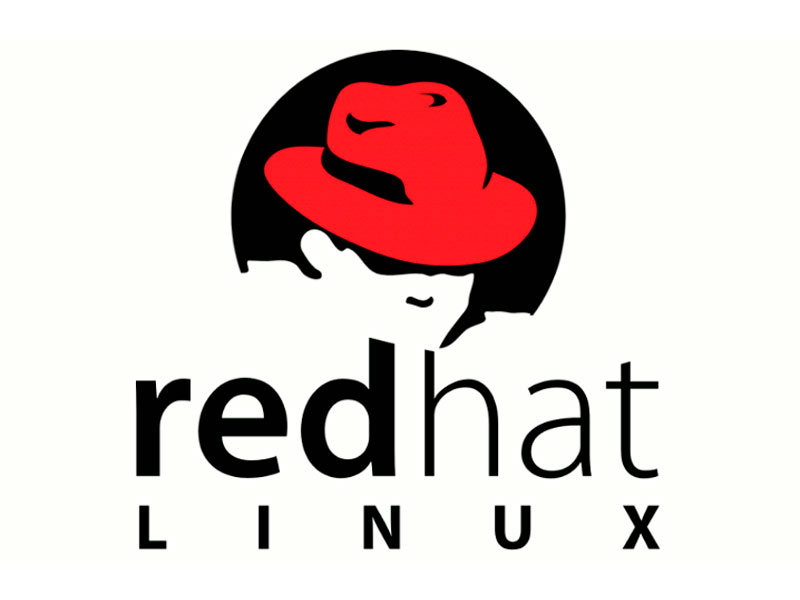To improve control in the hybrid cloud, RHEL 7.5 incorporates a security automation system thanks to the integration of OpenSCAP with Red Hat Ansible Automation. This system allows to implement corrections more quickly and consistently. Network-Bound Disk Encryption now supports automatic decryption of data volumes, thus increasing the protection of sensitive information.
Another strength of this new release is the addition of a virtual data optimizer (VDO), which achieves significant improvements in storage performance and efficiency.
RHEL 7.5 features a simplified administration dashboard and better integration with Windows-based infrastructures, which facilitates communication with Windows Server, data transfer with Azure and improves the performance of Active Directory architectures.
Containers are another aspect in which Red Hat continues to turn its efforts. In this new version, it has improved its security and added support for Buildah, a tool that allows to create and modify images of Linux containers without a full container runtime or daemon running in the background.
Red Hat Enterprise Linux 7.5 is available for all supported architectures, including x86, IBM Power, IBM z Systems and 64-bit Arm. This version also supports single-host KVM virtualization and Open Container Initiative (OCI)-formated runtime environment and base image to IBM z Systems.
For more information see the full press release.








0 Comments